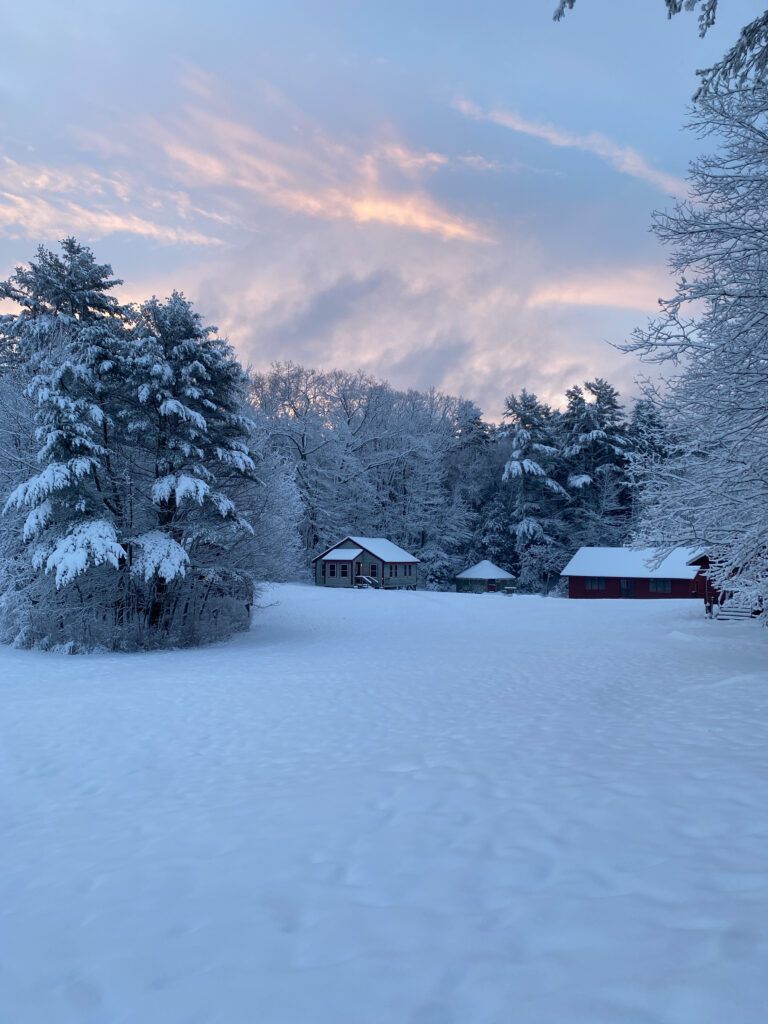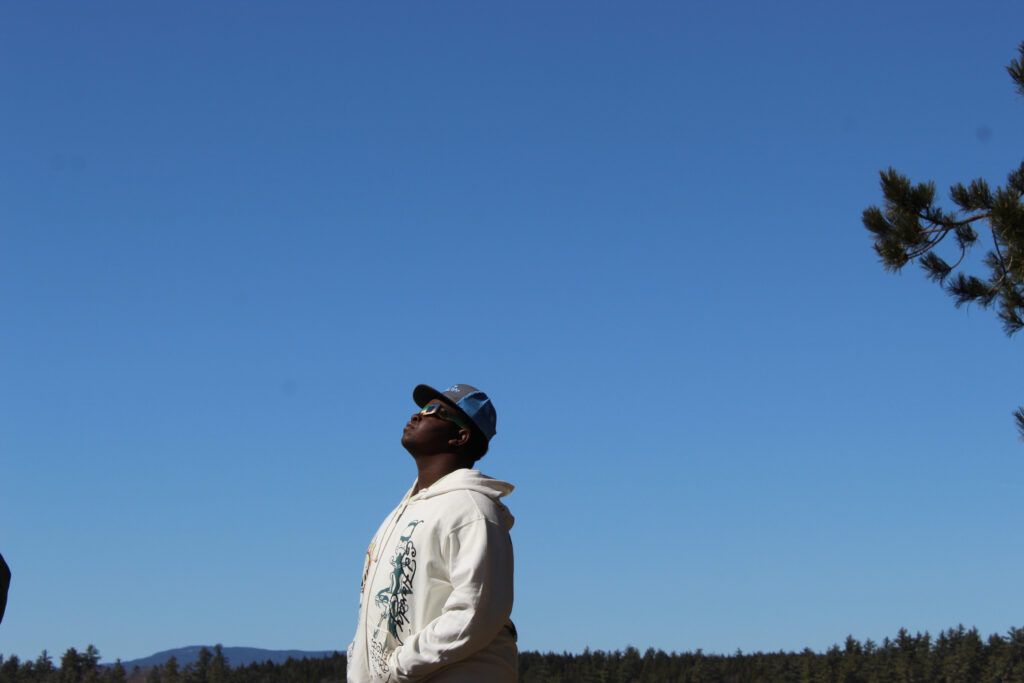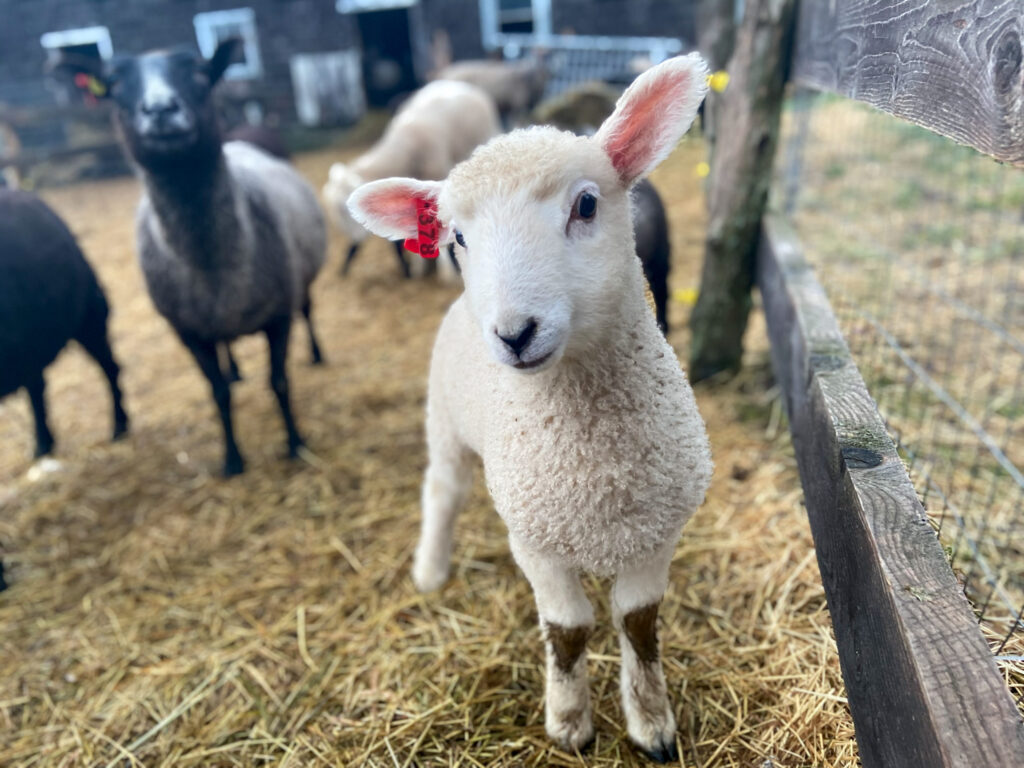If you are in North or South America on the night of January 20-21, look out for a total lunar eclipse occurring just as the moon is at its closest point to earth.
A rare combination of factors will combine to form a “Super Blood Wolf Moon” – a spectacular lunar display that only occurs a few times each century.
 The nearness (periapsis) of the full moon will make appear bigger than usual (a “super moon”) while a partial eclipse will shade Luna a reddish-orange (a “blood moon”), but where does the “wolf” come in? To find out, we talked with Chewonki Traveling Natural History Program Fellow Kyle Wonser.
The nearness (periapsis) of the full moon will make appear bigger than usual (a “super moon”) while a partial eclipse will shade Luna a reddish-orange (a “blood moon”), but where does the “wolf” come in? To find out, we talked with Chewonki Traveling Natural History Program Fellow Kyle Wonser.
Wonser loves legends and mythology as much as he loves animals and science. According to Wonser, some native american peoples assigned each of the 13 lunar cycles of the year a special name connected to what was happening in their ecosystem.
The year of moons, according to Wonser:
- January: the Wolf Moon (wolf activity lets humans know when weather is good for hunting)
- February: the Snow Moon or Hunger Moon (snow is plenty; food is scarce)
- March: the Worm Moon (worm castings appear, evidence that the ground is thawing)
- April: the Pink Moon (honoring wild pink phlox in bloom)
- May: the Flower Moon (a flower extravaganza)
- June: the Strawberry Moon (sweet harvest)
- July: the Deer or Buck Moon (deer antlers are growing significantly)
- August: the Sturgeon Moon (the fish are spawning) or the Red Moon (it’s hot!)
- September: the Harvest Moon
- October: the Hunters’ Moon (crops have been harvested and growth has died back; it’s easy for hunters to see their prey)
- November: the Frost Moon (winter’s on its way)
- December: the Cold Moon
January is often called the Wolf Moon because native peoples knew if they heard the wolves’ howl, then the animals were hunting and it was safe to be out and about. In stormy weather or icy weather, wolves would stay curled up in their dens.
Wonser points out that indigenous people developed different legends and names depending on nature’s local rhythms. In his home state of Ohio, February is the Sugar Moon or Maple Moon, because maple sap begins to run; in Maine that is more apt to happen in March.
And speaking of storms, a major winter storm is headed our way on Sunday that will keep both wolves and Chewonki folk from seeing this Super Wolf Blood Moon. If you can see it from where you are, please take a moment to enjoy it. The next lunar eclipse for us will take place on May 26, 2021!
For More Information on Lunar Legends:
Wonser recommends the children’s book Thirteen Moons on Turtle’s Back by Joseph Bruchac for children and grown-ups interested in Native American moon legends.












